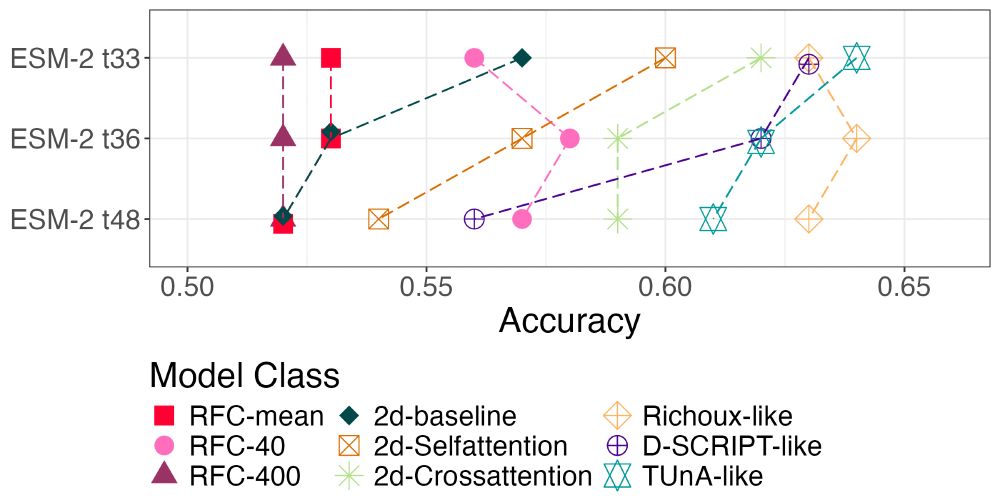Judith Bernett
@judith-bernett.bsky.social
99 followers
100 following
63 posts
Bioinformatics PhD student at TUM 🧬🖥️ 👩💻 Currently interested in machine learning pitfalls, drug response prediction, and protein-protein interaction prediction.
Posts
Media
Videos
Starter Packs


















